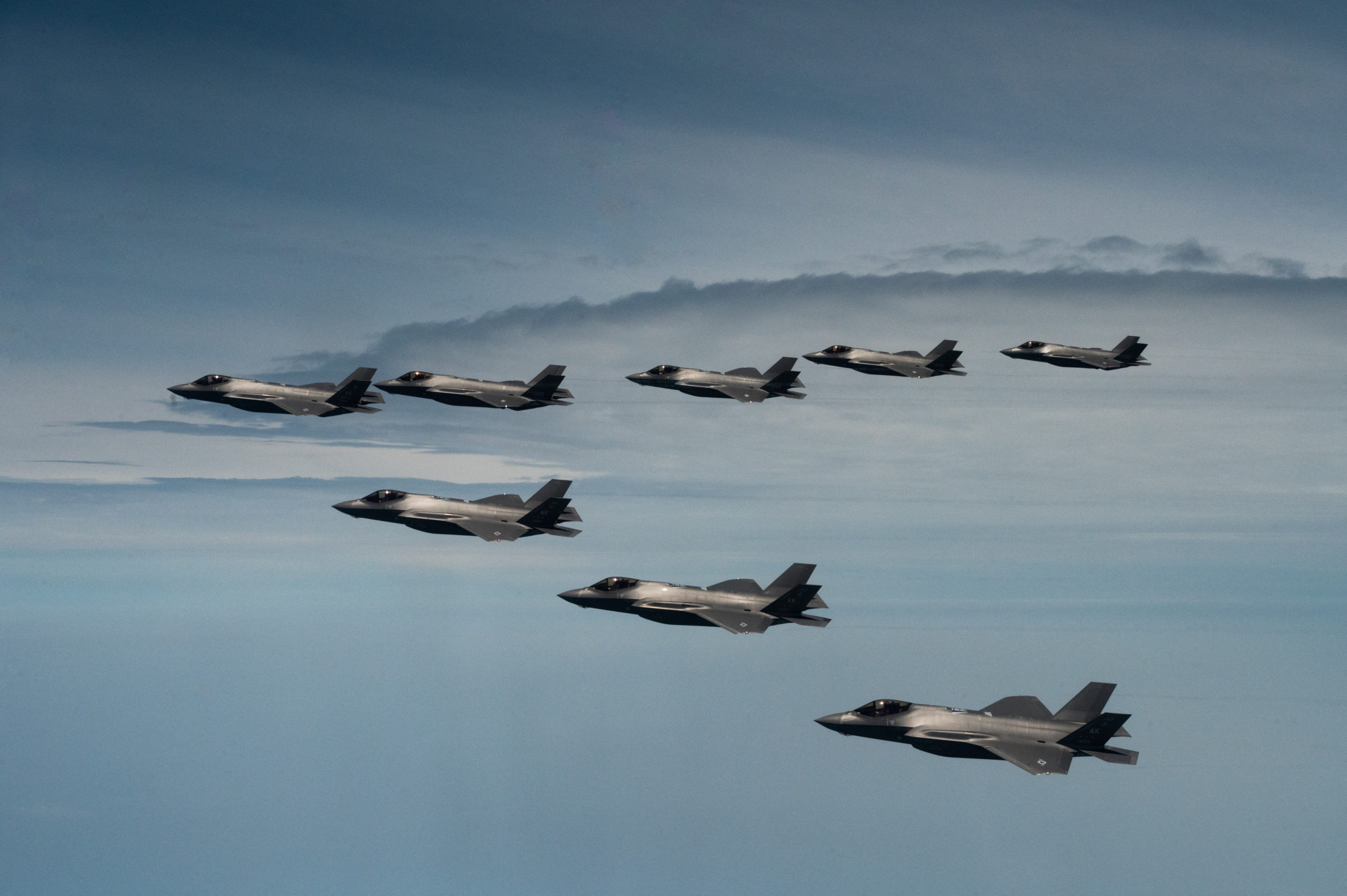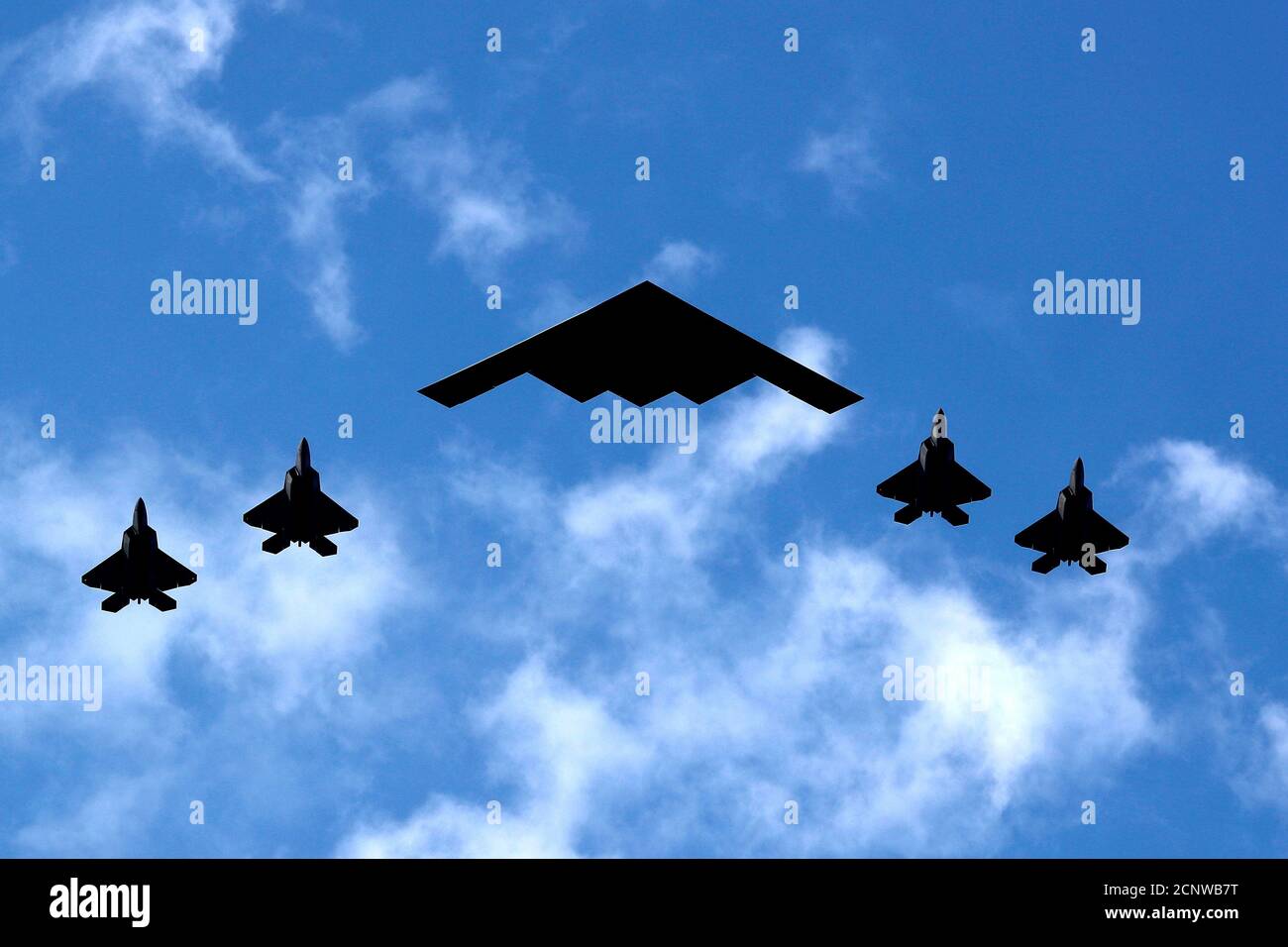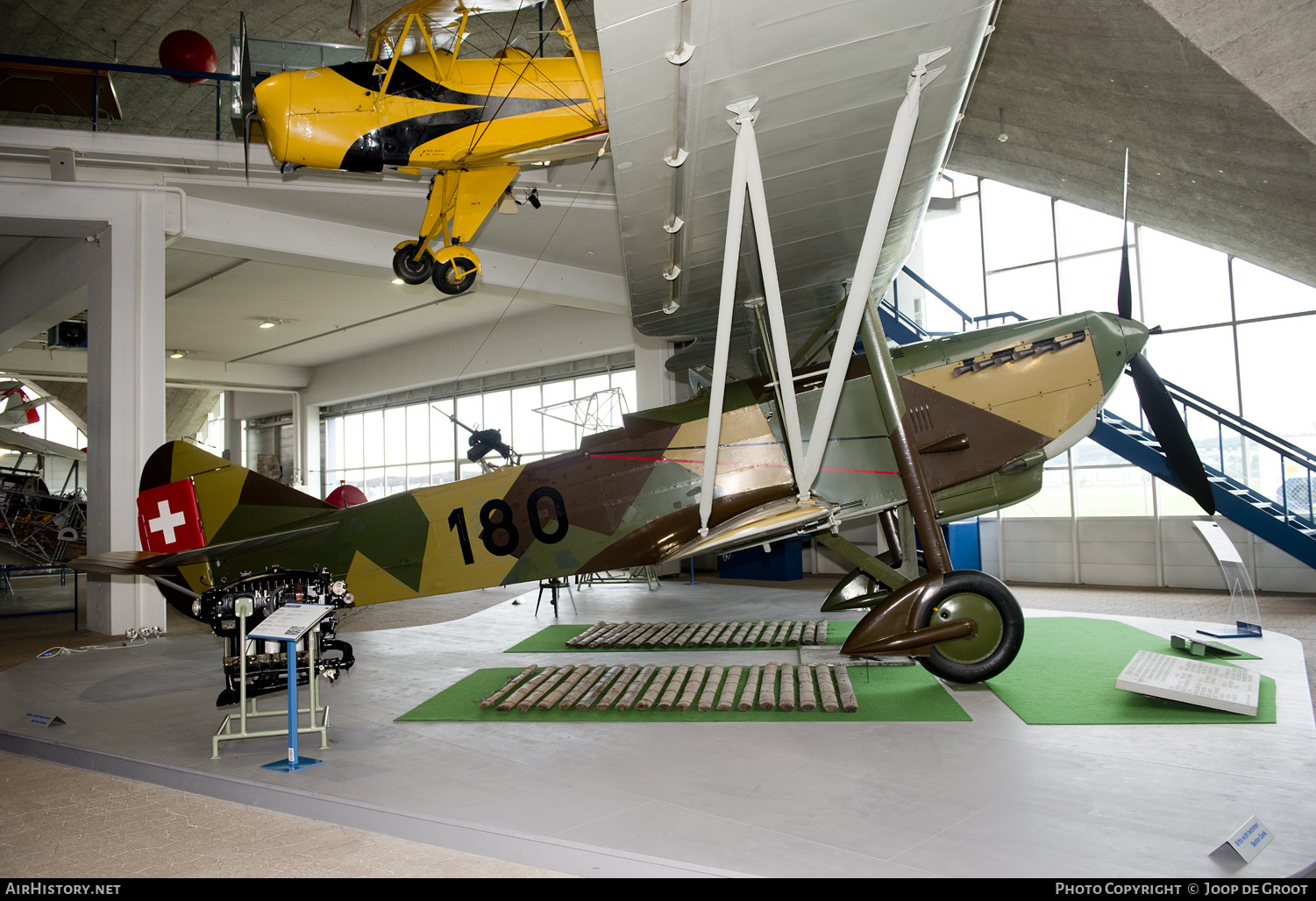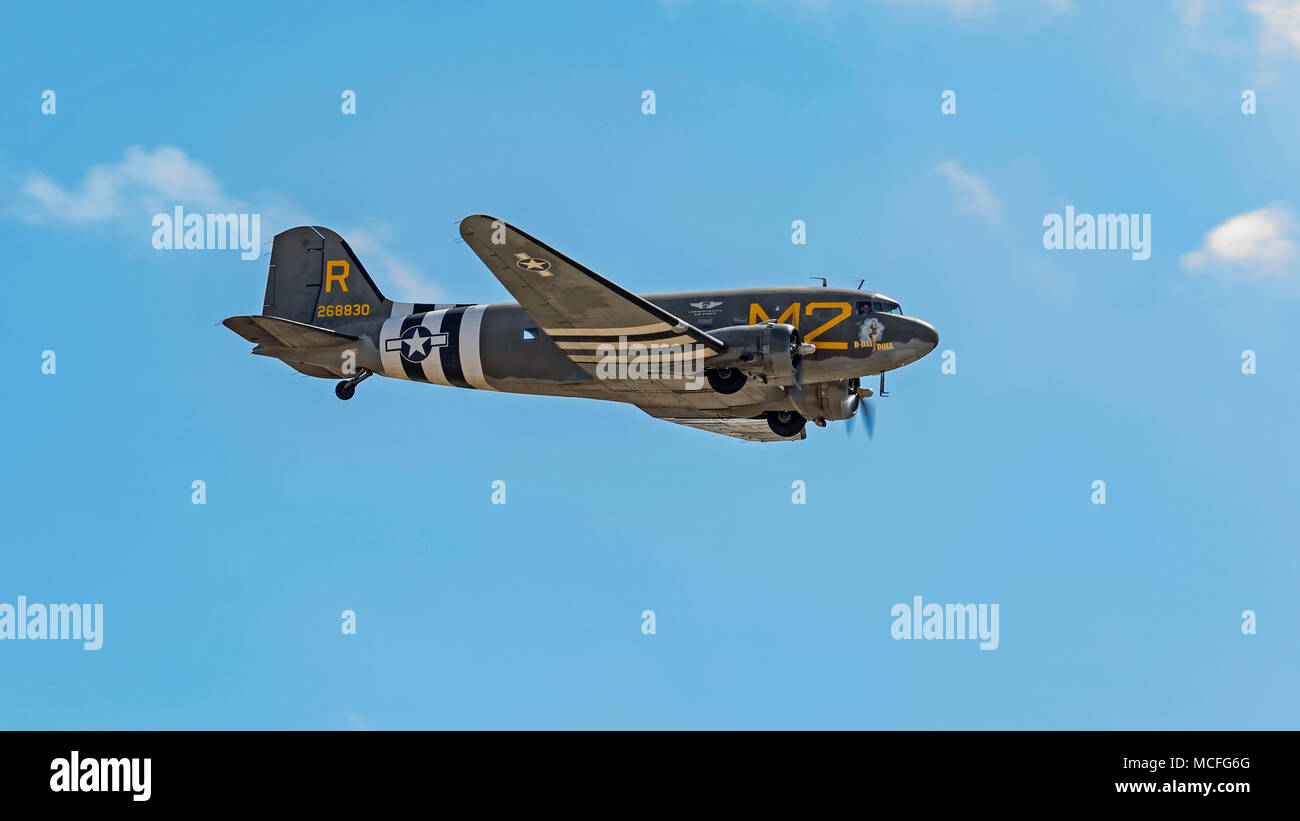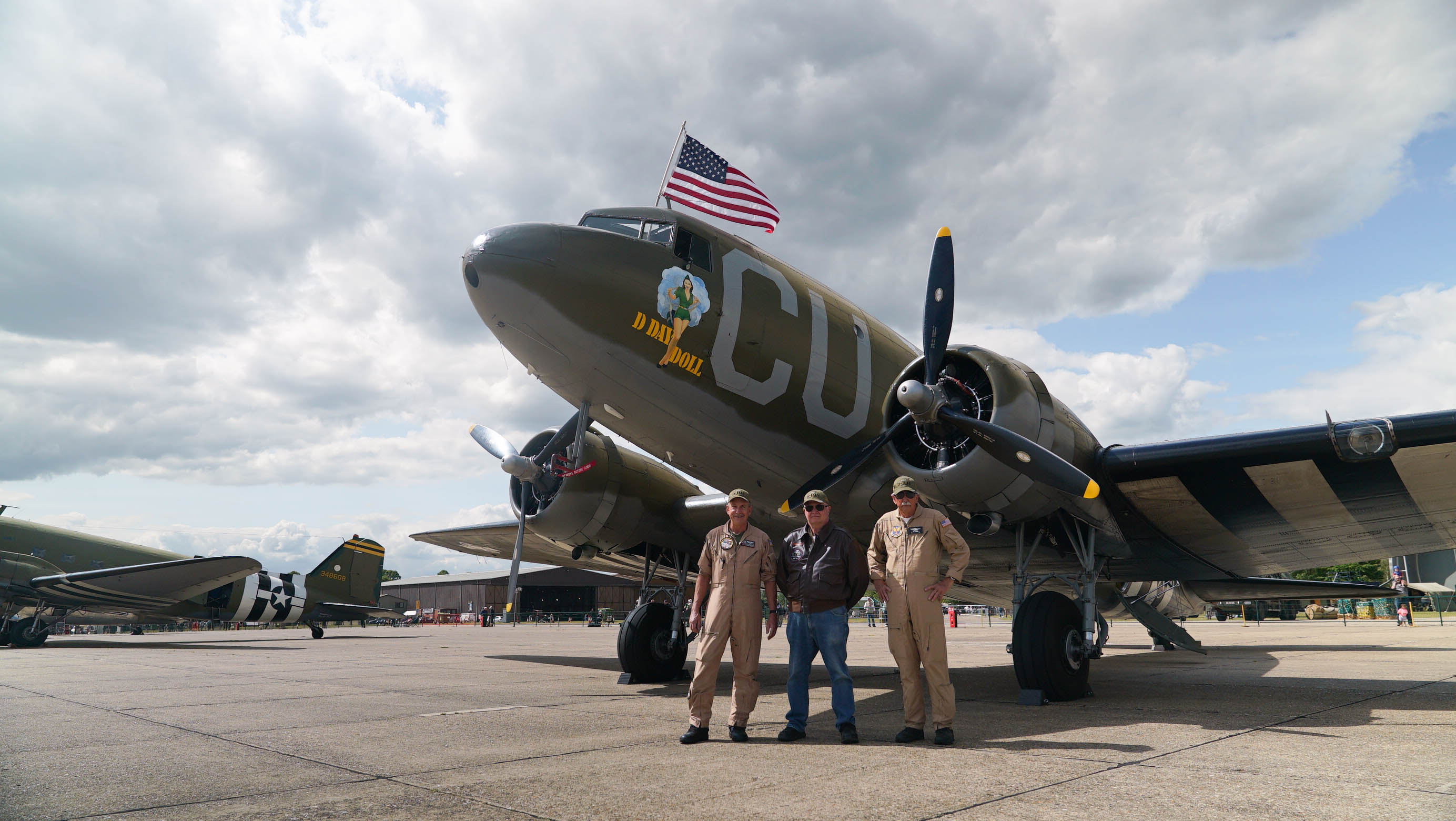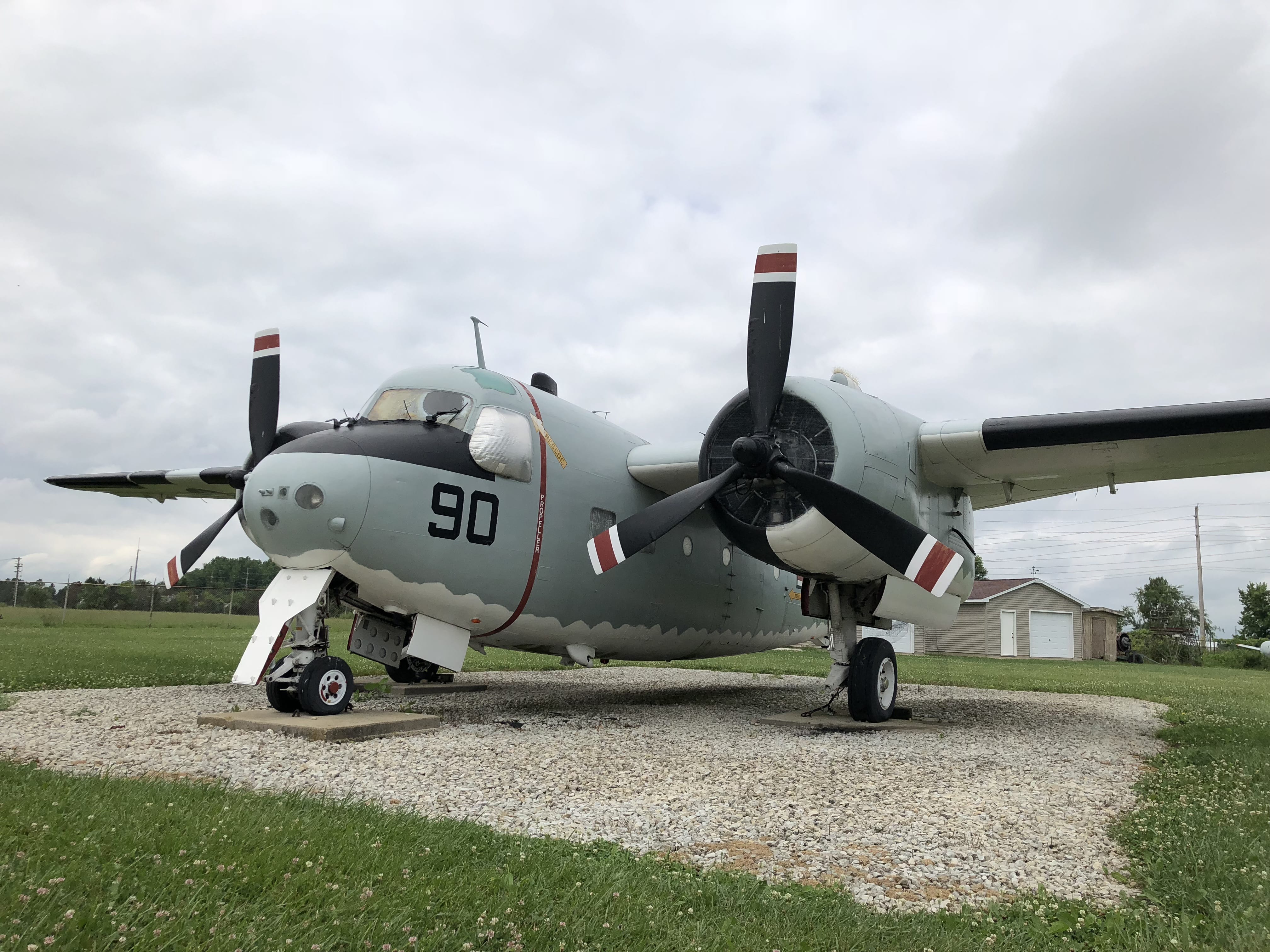C146 Aircraft - The US Army Air Corps ordered one aircraft with Wright R-1820-29 engines in May 1941 under the designation C-56 . It was a military version of the Civil Model 18-50. After some time, three aircraft were ordered Model 18-14 with Pratt & Whitney R-1830-53 engines.
In addition, orders for seven and three cars were made. Accordingly, all 13 vehicles were designated as C-57. The requisitioned civilian aircraft received the designation C-57A, seven military transport aircraft were known as the C-57B, and three of the latest C-60A aircraft were converted to Pratt & Whitney R-1830-43 star engines and designated C-57C
C146 Aircraft

. One of these three aircraft was the C-57D, later equipped with the R-1830-92 engine. In mid-1942, Lockheed introduced the C-60 variant of the "Lodestar". Designed specifically for military use, the C-60 was used as a troop and cargo carrier, flew anti-submarine patrols, and performed Search and Rescue duties.
A Us Air Force C-A Wolfhound With Sof Made An Unannounced Landing At An Airbase In Libya
A total of 21 more C-60 and 325 C-60A were delivered. One of the last was the C-60B with an experimental de-icing system with hot air. The only aircraft model 18-10 with engines R-1830-53 with a power of 1200 hp.
(895 kW) and 11 passenger seats was purchased in 1942 under the designation C-66 as VIP transport for the president of Brazil. This pulldown menu, in addition to each photographer available as a search limiter, also shows the number of photos currently in the database for each specific photographer, enclosed in brackets.
For example, an option of:- Paul Jones [550].. indicates that there are 550 total photos taken by Paul Jones currently in the database. Here you have two more photos of the “event” from the Libyan Air Force Facebook page.
I'm not very sure if exposing the faces of any country's armed forces members it's a good idea. At least while they aren't doing anything illegal Low fly-byes at a price tag of at least 20K per flight hour, using 5-6 JDAM at 100K a shot to wipe out a flag, dating around in front of cool vehicles in cool attire for a Facebook photoshot to show the kids on
C-/ C- / C- / C- / C- - Lockheed Model Lodestar
Christmass, firing a 1mil USD missile to hit some mud made huts at 300 Km away when they have no air defense… Lockheed built more C-60As for the AAF (325) than any other version of the military Lodestar.
Soon after the war began, the need for air evacuation was met by the peacetime practice of using regular transports. The first occasion requiring the movement by air of a large number of patients occurred in January 1942 during the construction of the Alcan Highway to Alaska.

The second occurred in Burma in April 1942. In both instances regular transport planes (C-47s) already equipped with litter brackets were pressed into ambulance service. The C-146A can be frequently tracked online as it flies between Stuttgard and airports in southern Italy, especially Pantelleria, a little Italian island off Tunisia, sometimes used by a U.S.
Beechcraft King Air 350ER carrying registration N351DY, the civil version of the MC-12W ISR (Intelligence Surveillance Reconnaissance) platform operated by the U.S. Air Force, flying missions over the western Tunisia regions (where the jihadist terrorists behind the Bardo Museum attack have been hiding).
Early in the morning on Dec. 14, a C-146A Wolfhound (US military designation of the Do-328), serial number 13097, registration N307EF, operated by the 524th Special Operations Squadron of the 27th Special Operations Wing, U.S. Air Force Special Operations Command, landed at al-Watiyah airbase southwest of Tripoli, Libya.
Additionally, decade ranges (1990-1999, etc.) are available as selections in this menu. Selecting a decade range will show all photos matching your other search criteria from the selected decade. The 'All Years' selection is the default selection for this option.
The resulting aircraft was a twin-engined, all-metal, twin-tailed, mid-wing monoplane with the main landing gear retracting into the engine nacelles. The tail wheel did not retract. As with the Model 14, the aircraft was equipped with leading-edge slots and Fowler flaps.
The trend of aircraft design is seen in the high wing loadings of 31.76 and 33.5 lb./sq. ft. for the two loaded weights. To maintain the moderate landing speed of 65 mph is only possible with the very efficient Fowler flaps.
If you are looking for photos of a specific aircraft type, use this menu. Please note that, due to space constraints, this menu includes only some of the more requested aircraft in our database. If the aircraft you're searching for is not in this list, use the 'Keywords' field further down in the search menus.
The Model 18 was developed because of problems with its predecessor, the Model 14 Super Electra (designated PBO and R4O in USN service). The first commercial operator of the Model 14 was Northwest Airlines which purchased eleven aircraft.

Three of these aircraft crashed between May 1938 and January 1939 causing the flying public to lose confidence in the aircraft and Northwest returned the Model 14s to Lockheed and purchased the slower Douglas DC-3 (R4D in USN service) in March 1939. During the same
period, five Model 14s crashed outside the U.S., one each in Canada, England and the Netherlands and two in Romania. Recognizing that it had a big problem, Lockheed began work on a replacement for the Model 14.
The 'Keywords' field is perhaps the most useful field included in our search engine. Using this field, you may search for any word, term, or combinations of terms in our database. Every photo field is covered by the Keywords search routine.
Held just outside of Washington D.C., this year's air show at Joint Base Andrews was a success if a bit rain soaked. Officially named the Joint Base Andrews Air Show: America's Air & Space Expo, […]
The Lockheed Model 14 Super Electra, and the Model 18 Lodestar proved to be extremely capable planes with among the best cruising speeds, ranges and altitude performance, besting that of its rival, the Douglas DC-3. The U.S.
Congress passed the Civil Aeronautics Act of 1938, which created the Civil Aeronautics Board, and in March 1939, National Airlines was issued its original certificate of convenience and necessity authorizing the carriage of mail, passengers, and property over its system.
The airline received the first of its 14-passenger Lockheed Lodestars in November 1940. During its delivery the plane set a transcontinental record of 9 hours and 29 minutes, which held for more than 15 years. The Keywords field is ideal for searching for such specifics as aircraft registrations, photographers' names, specific airport/city names, specific paintschemes (i.e. 'Wunala Dreaming'), etc. To use the Keywords field, begin by selecting a Keyworld search field.
You may select either a specific database field (airline, aircraft, etc.), or choose to match your keyword to all database fields. This pulldown menu, in addition to each year available as a search limiter, also shows the number of photos currently in the database for each specific year, enclosed in brackets.

For example, an option of:- 2003 [55000].. indicates that there are 55,000 total photos taken in the year 2003 currently in the database.*Note: The total number of photos, enclosed in brackets, is updated four (4) times hourly, and may be slightly inaccurate.
Selecting 'Boeing 747,' for example, will show results featuring all Boeing 747 jetliners in our database, while selecting '- Boeing 747-200' will show all Boeing 747-200 variants in our database (Boeing 747-200, Boeing 747- 212B, Boeing 747-283F, etc.)
Expressing irritation with failure to equip transport planes with litter supports, the AAF Directorate of Military Requirements called upon the Materiel Command for a report. In reply that Command summarized the situation. All C-47s were completely equipped with litter supports during production.
While a shortage of critical materials had prevented installation in the first twenty-four C-46s delivered, all others would have come equipped. Beginning in December 1942, all C-53s would be provided with litter brackets by manufacturers. Meanwhile, the Air Forces would install them in 200 planes of that type already delivered.
Beginning in January 1943, supports for ten litters would be placed in each C-60. Finally, all new types of transport will be equipped with litter supports when deliveries begin. Some menu choices include a generic aircraft model, as well as more specific variants of that airliner.
These variants are denoted by a - before the aircraft name. In response to an escalating number of transport aircraft crashes in the mid-1940s, in the 1950s researchers at the National Advisory Committee for Aeronautics (NACA) Lewis Flight Propulsion Laboratory undertook a decade-long investigation into a number of surrounding issues low-altitude aircraft
crashes. The tests were conducted at the Ravenna Arsenal, approximately 60 miles south of the Lewis laboratory in Cleveland, Ohio. The aircraft were excess military transports from World War II. The nine-crash initial phase of testing used Lockheed C-56 Lodestar and C-82 transport aircraft to identify potential ignition sources and analyze the spread of flammable materials.
@media only screen and (min-device-width : 320px) and (max-device-width : 480px) { #ga-ad {display: none;} } Six F-15E Strike Eagles relocated as part of an Agile Combat Employment operation, in "Bomb Truck" config, each bringing 12 JDAMs and 4 SDBs.

Just two months after it was tested at Eglin Air Force […] USAF Lt. Col. Christine Mau Is The First Woman to Fly the F-35 Joint Strike Fighter. This Is Why It Does, And Doesn't Matter.
It was May 7, 2015. Eglin Air Force Base, Florida. in […] All countries represented in our database are included in this selection menu, which is updated automatically as the database grows. There must be at least 20 photos from a specific airport in the database before that airport is added to this list.
In late 1941, when America entered the war, all "Lodestars" flying with the United States military were former airliners conscripted into service. These aircraft received different numerical designations depending on engine type. Most of the aircraft were removed from the US domestic service by December 1941, when they received a designation of a series of C-56: respectively, one C-56A, 13C-56B, 12C-56C, seven C-56D and two C
-56E. A total of 10 Models 18-07 and 15 Models 18-56 were designated C-59 and C-60 respectively. The Lodestar was similar in layout to most Lockheed transport aircraft of the inter-war years. It had low mounted tapered wings, with a moderate dihedral.
The fuselage had flat sides, and a rather more pointed nose than earlier models. It had a high mounted tail, with twin vertical control surfaces at the ends. The standard version had a row of small cockpit windows on both sides, and a cabin door towards the rear of the left side of the aircraft.
Interest of US military to "Lodestar" manifested itself for the first time in 1940, when the US Navy ordered one XR5O-1 and two R5O-1. Similar aircraft were delivered to the US Coast Guard. They were equipped with Wright R-1870 engines.
12 R5O-4, 41 R5O-5 and 35 R5O-6 were built. The first two options were, respectively, a 4-7-seater administrative and 12-14-passenger passenger transport aircraft. The third option was an 18-seat military transport aircraft used by the Marine Corps for parachuting operations.
Equipped with Pratt & Whitney R-1830 engines, one R5O-2 and three R5O-3 were built for the US Navy. Interestingly, the aircraft carried a team of armed people wearing civilian clothes: according to some sources they landed at 6 AM on December 14 without any coordination with the local authorities and that's why they were asked to leave.
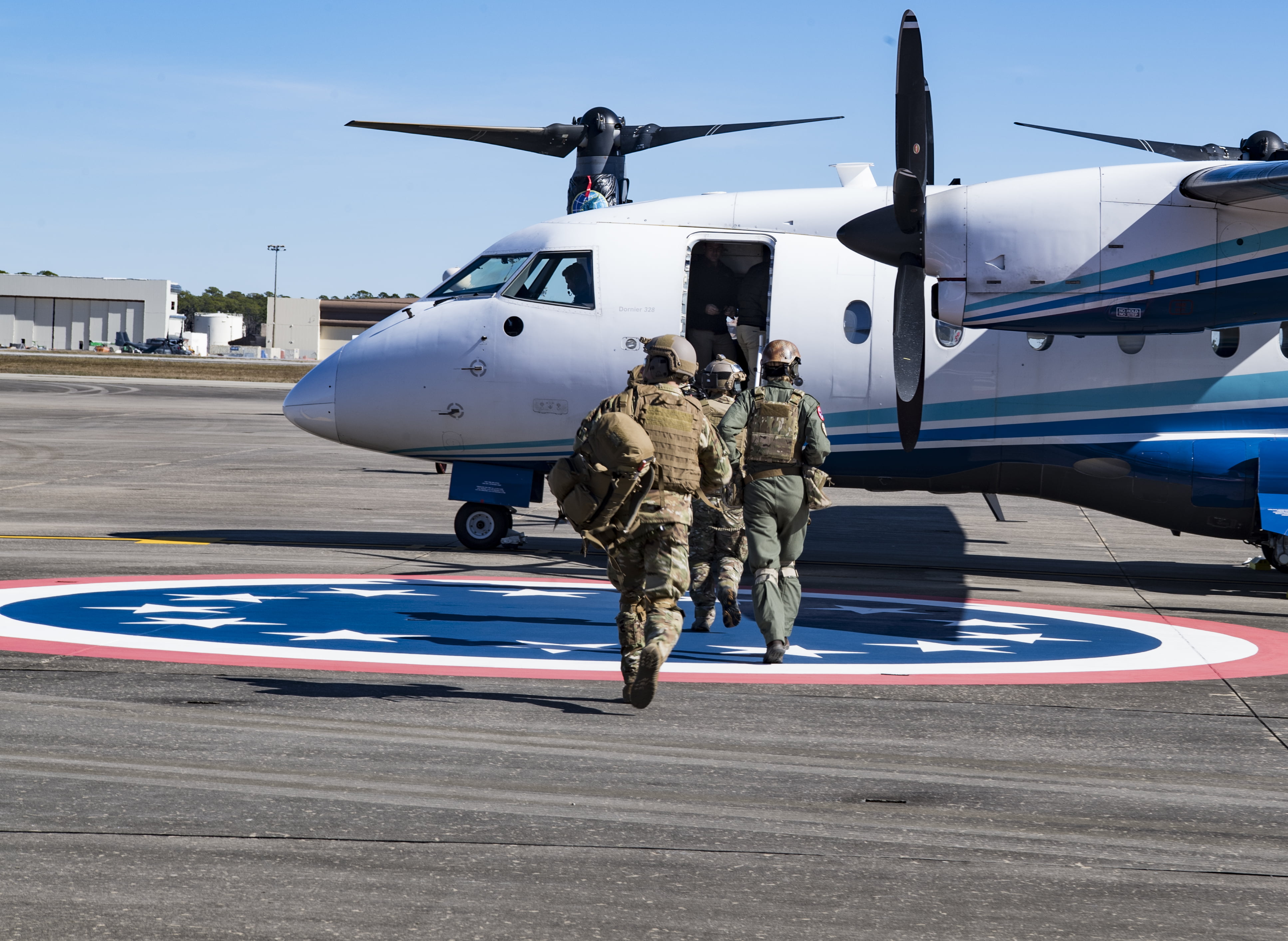
Although it was later confirmed that they were US SOF (Special Ops Forces) the reason of their "trip" to Libya has yet to be explained. The Lockheed Model 18 Lodestar first flew in September 1939 [1940?], the Model 18 was originally designed as a successor to the Lockheed Model 14 and the earlier Model 10 Electra.
The Army began ordering military versions of the Model 18 in May 1941. The Lodestar was offered with the Pratt & Whitney Hornet, Twin Wasp or Wright Cyclone engines and with various interior configurations. Depending upon engines and interior configuration, these transports were given C-56, C-57, C-59, C-60 or C-66 basic type designations.
Next, select a Keyword limiter. There are three options from which to choose:- is exactly- starts with- containsSelect the appropriate limiter for your search, then enter the keyword(s) you wish to search in the box on the right.
After the war, many military Lodestars were declared surplus and sold to private operators for use as cargo or executive transports. In 1957, the first fire jump for the California Smokejumpers was made out of a Lockheed Lodestar.
The Lockheed Lodestar was powered by two 9-cylinder radial air-cooled engines providing a top cruise speed of 207 knots and a range of 1650 miles. Originally designed for commercial flights, the Lodestar was frequently flown by the Air Force in the 1940�s.
After the war, the Lodestar returned to civilian service and eventually found its way in to the Smokejumper program. You can also see on flightradar24 MAGMAxx aircraft flying to and from Chania airbase in Crete and RAF Akrotiri in Cyprus.
MAGMA displacements in the Mediterranean sea are very common these days. Geologists must be puzzled Converted from a Super Electra, it differed primarily by having the fuselage lengthened by 1.68m to provide accommodation for 15 to 18 passengers, depending upon the other facilities provided;
some were produced with high-density bench seating for a maximum of 26 passengers, and were available with a variety of engines by Pratt & Whitney and Wright. Despite the improved economy demonstrated by the Lodestar, Lockheed failed again to achieve worthwhile sales in the United States as most operators were committed to purchase DC-3s from the Douglas Company.
Fortunately, the type appealed more to export customers, with airlines or government agencies in Africa, Brazil, Canada, France, the Netherlands, Norway, South Africa, the UK and Venezuela ordering a total of 96 aircraft. There were quite a number of warplanes based on the Clarence �Kelly� Johnson-designed Lockheed Electra and the later Model 18 Lodestar.
The C-60 is a twin-engine transport based on the Lockheed Model 18 Lodestar, the Lockheed equivalent of the DC-3. Lockheed 10/14/18 were twin-engine monoplanes - the L 10 (Electra) carrying 10 passengers at 200 mph in 1934;
the 14 (Super Electra) carried 12 passengers at 240 mph in 1937; the 18 (Lodestar) carried 14 passengers at 225 mph in 1939. Please note that, due to space constraints, this menu includes only airlines of which 10 or more photos exist in our database.
If the airline you're searching for is not in this list, use the 'Keywords' field further down in the search menu.
air force c 146 aircraft, c 146 aircraft duke field, usaf c 146 aircraft, c 146 air force, dornier c146, afsoc c146, c 146 transport aircraft, c 146a wolfhound cockpit
